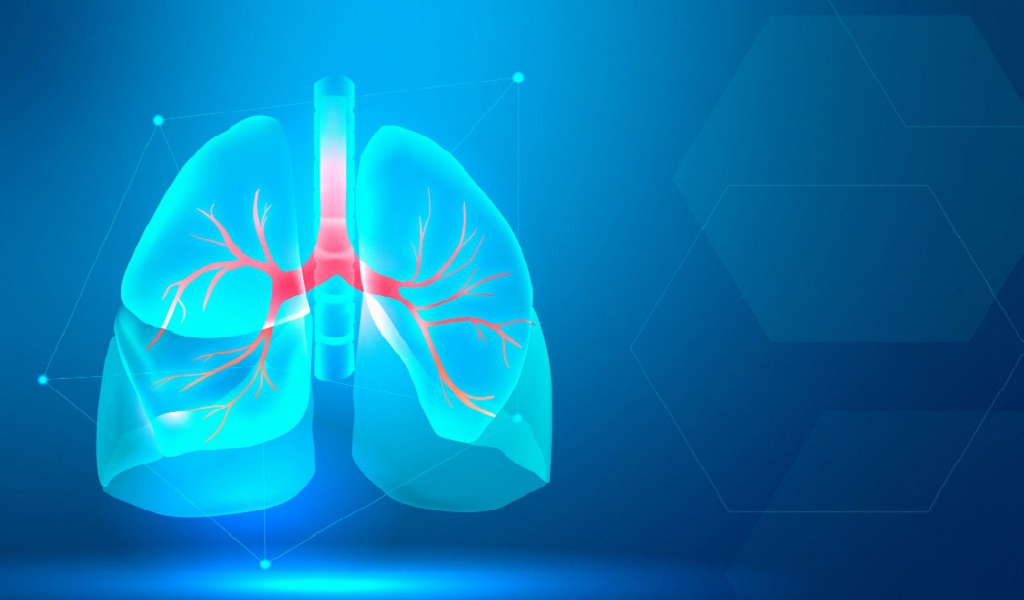Doctors use computed tomography (CT) to detect and evaluate lung nodules. While chest X-rays are also an option, they are less sensitive than CT and may miss small nodules. Therefore, CT imaging serves as the gold standard for both screening and diagnosing lung nodules.
It’s important to note that CT scans expose patients to a small amount of radiation. For this reason, clinicians always use the lowest necessary dose. They generally avoid CT during pregnancy and in infants, but most adults can safely undergo several scans per year when medically appropriate.
Here are the most common types of CT scans doctors use to assess lung nodules:
Low-Dose CT (LDCT)
Clinicians primarily use LDCT for lung cancer screening in high-risk individuals, such as long-term smokers. It uses about one-fourth the radiation of a conventional CT and can detect small, early-stage nodules. While image clarity is lower, LDCT works well for initial screening. Doctors typically do not use it for detailed preoperative planning or follow-up.
Conventional CT
This is the most widely available and frequently used type of CT. It offers higher clarity than LDCT and can identify nodules that X-rays miss. Its wider scan spacing means it might occasionally miss very small nodules. Hospitals and clinics favor this method for its speed, accessibility, and usefulness in routine check-ups.
Contrast-Enhanced CT (CECT)
This scan involves injecting a contrast dye to better visualize blood vessels and tissue perfusion. Doctors do not use it for routine nodule detection due to longer scan times and higher costs. However, it can help characterize solitary nodules—especially when assessing blood supply—and clinicians often use it before surgery.
High-Resolution CT (HRCT)
HRCT uses very thin scan slices (usually less than 2 mm) to produce highly detailed images of lung structures. It offers superior resolution, making it especially useful for evaluating diffuse lung diseases and monitoring known nodules—particularly ground-glass opacities (GGOs). Doctors usually reserve it for specific diagnostic scenarios rather than initial screening.
3D CT Reconstruction
This technique uses standard CT data to build detailed 3D models of the lung and nodules. It helps radiologists and surgeons visualize a nodule’s size, density, borders, and relationship to nearby vessels and airways. Teams frequently use 3D reconstruction for surgical planning and when they need precise nodule analysis.
PET-CT
PET-CT combines metabolic (PET) and anatomic (CT) imaging. Doctors mainly use it to evaluate suspicious or high-risk nodules and to stage known lung cancer—for example, to check whether and where cancer has spread. Due to its high cost and specific applications, clinicians do not use it for routine nodule detection.
